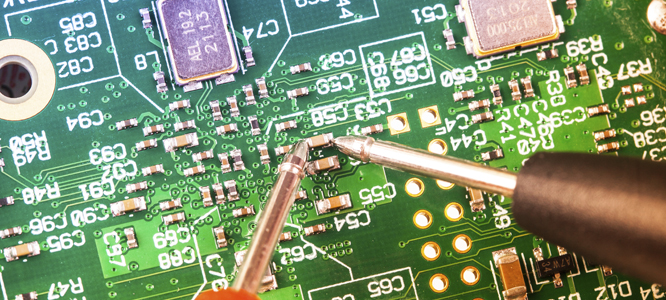We’re going to learn about one of my favorite topics (No, it’s not shooting off rockets – that’s my other favorite ). You’re going to learn about electronics. But before we dive into doing experiments, let’s talk about what electronics actually is. First, start with the kind of electric circuits you made in Unit 10. These kinds of electric circuits use switches, motors, batteries, lights and stuff like that. In this unit, we’re going to build more complicated circuits that do far more that just turn stuff on and off. You’ll get the chance to build burglar alarms, FM transmitters and more.
Special Note: This unit builds on the topics covered in Unit 10, and is appropriate for students grades 5-12th.
One of the best things you can do with this unit is to take notes in a journal as you go.
Snap photos of yourself doing the actual experiment and paste them in alongside your drawing of your experimental setup. This is the same way scientists document their own findings, and it's a lot of fun to look back at the splattered pages later on and see how far you've come. I always jot down my questions that didn't get answered with the experiment across the top of the page so I can research it more later. Are you ready to get started?




